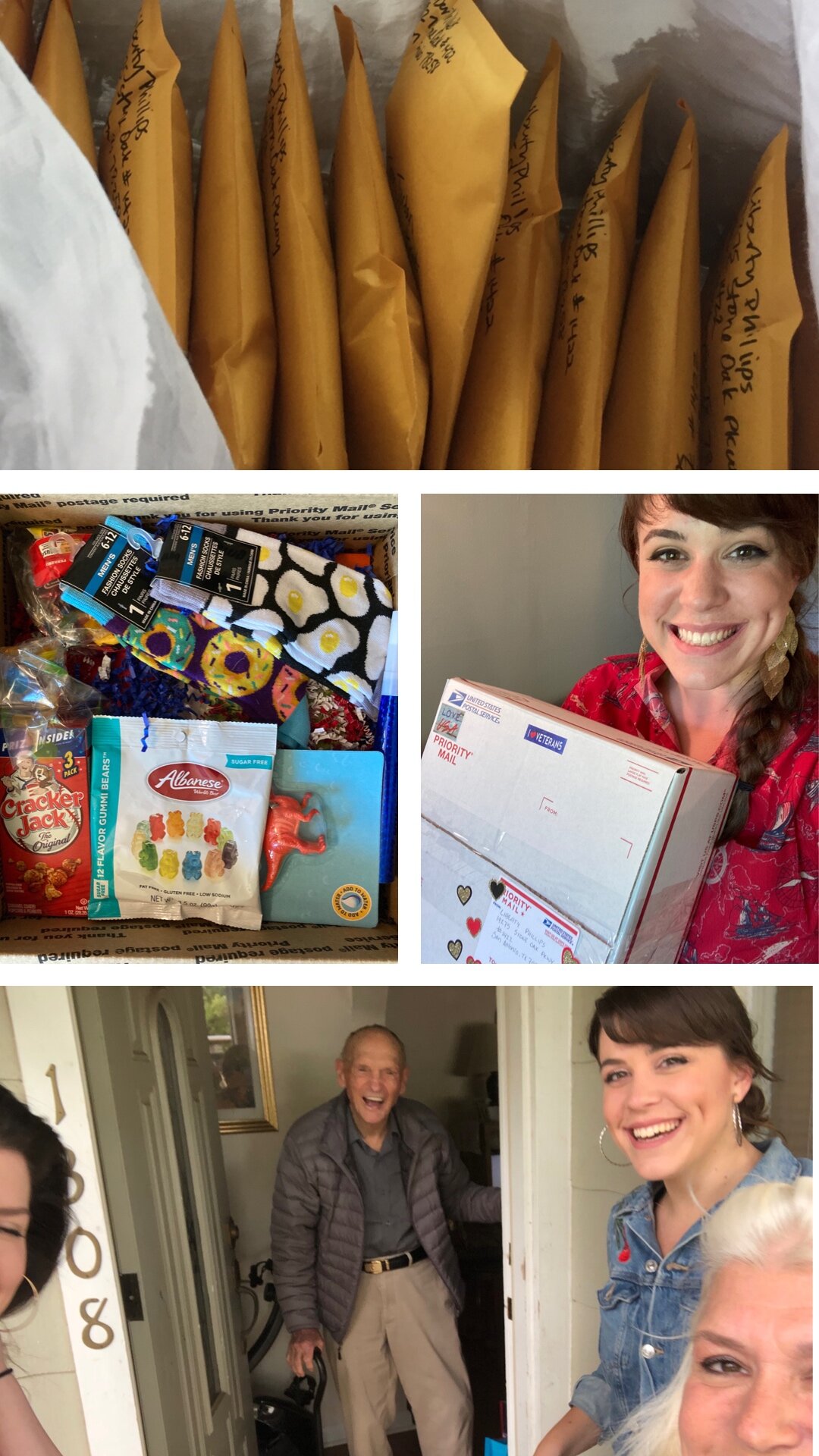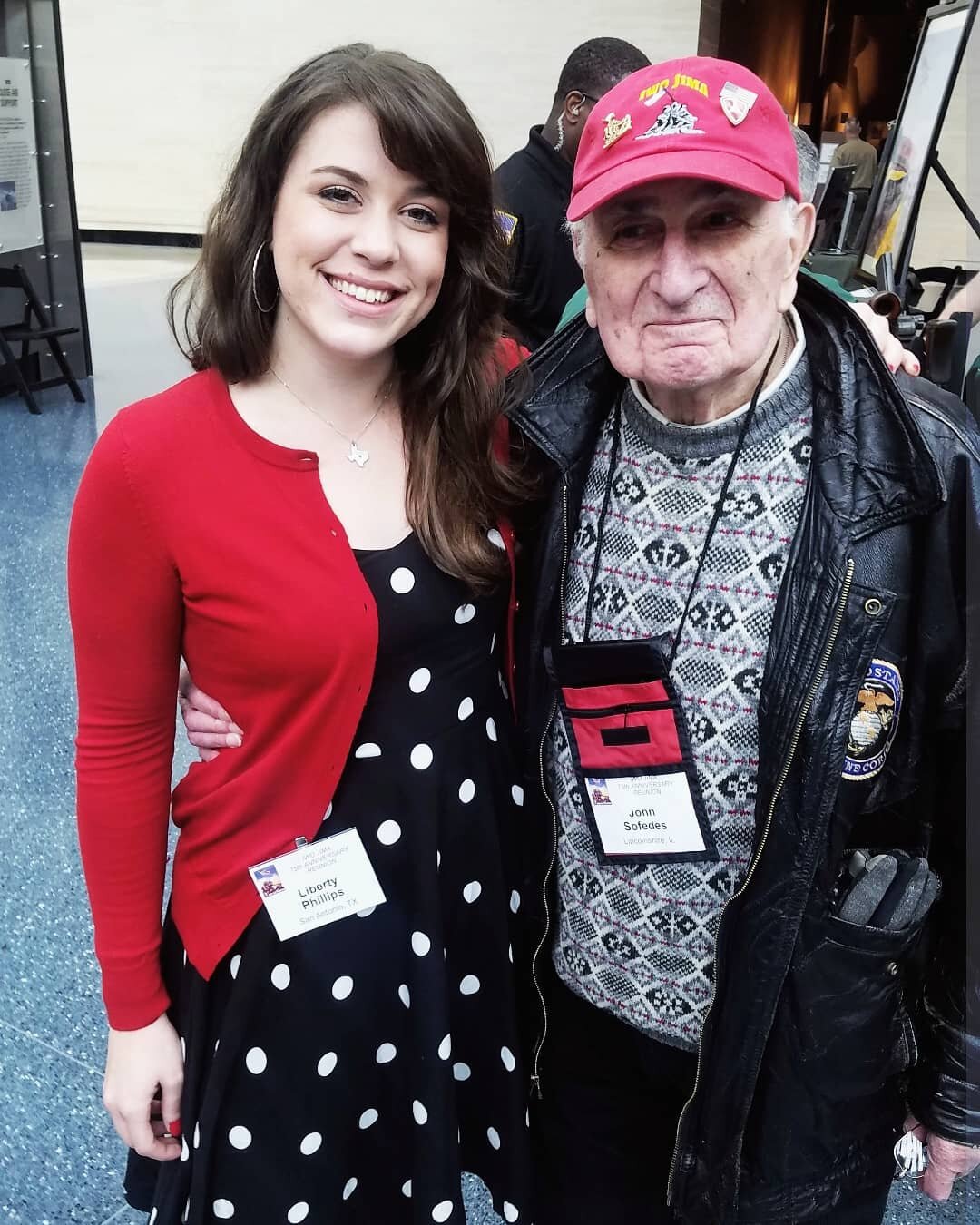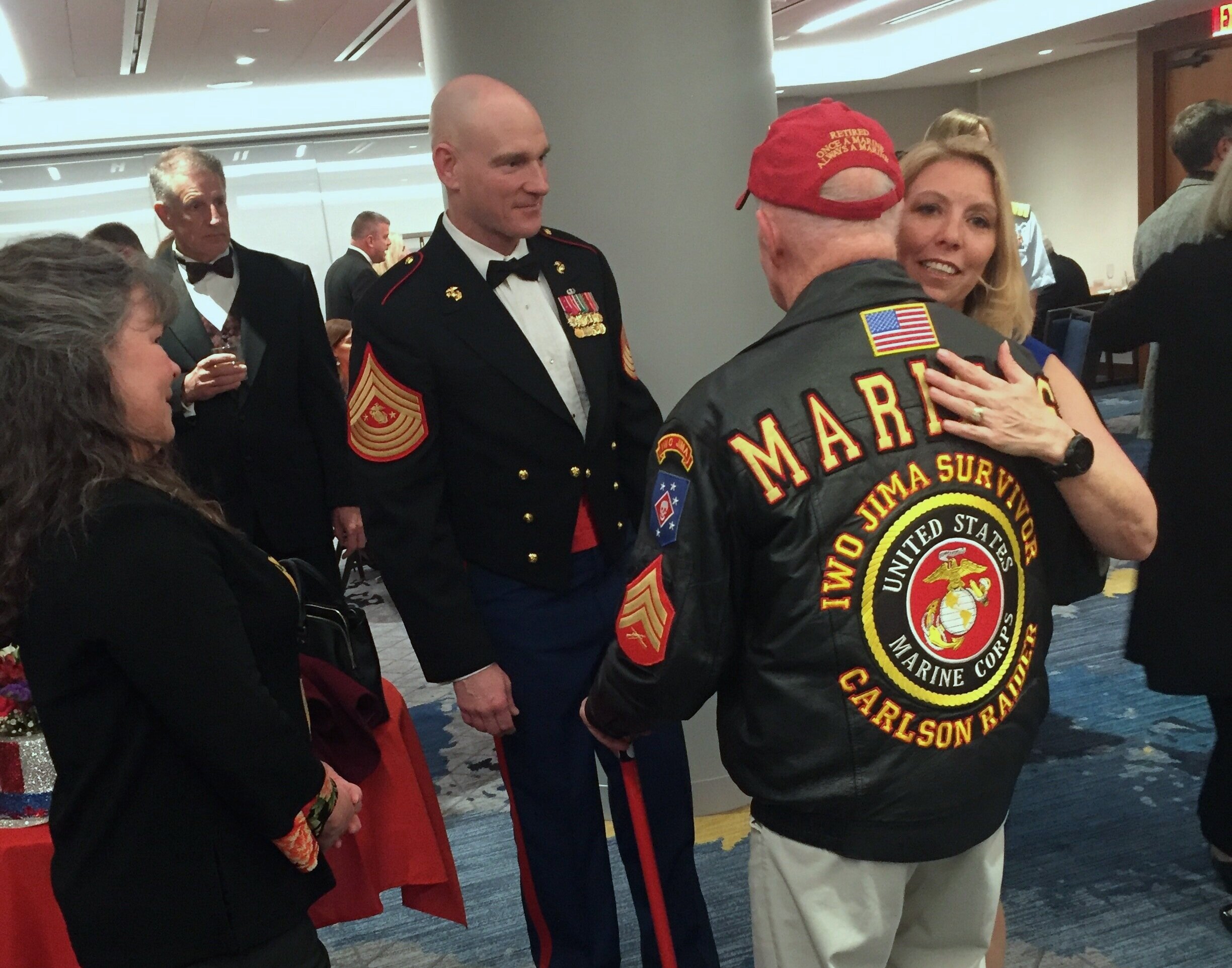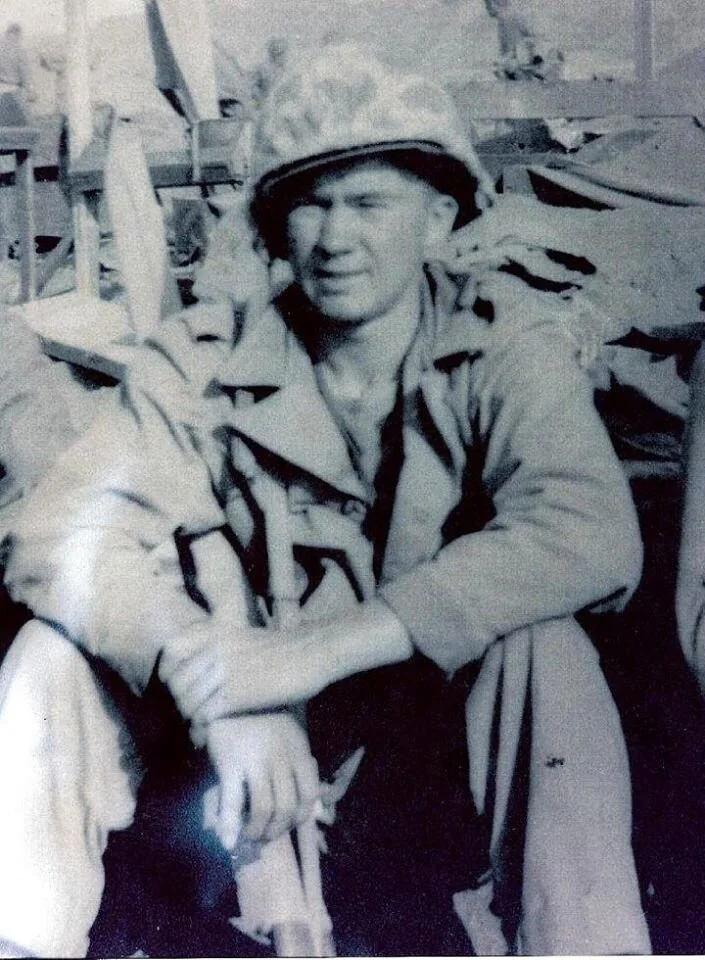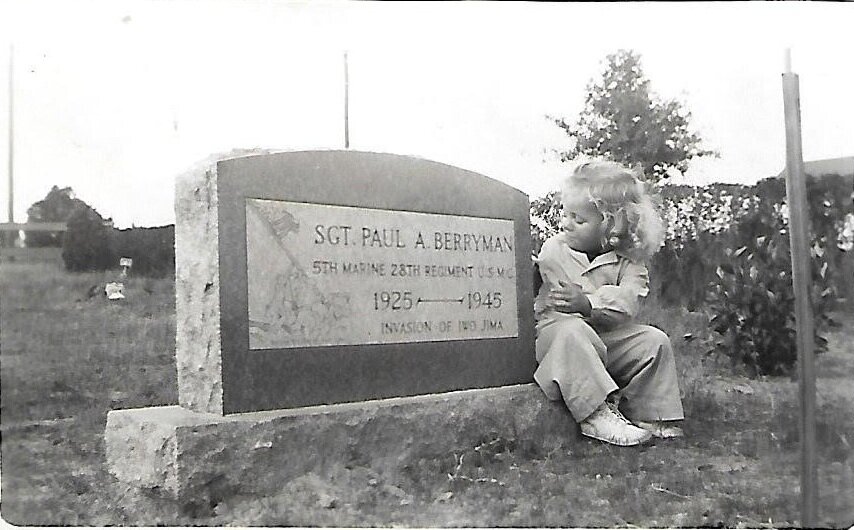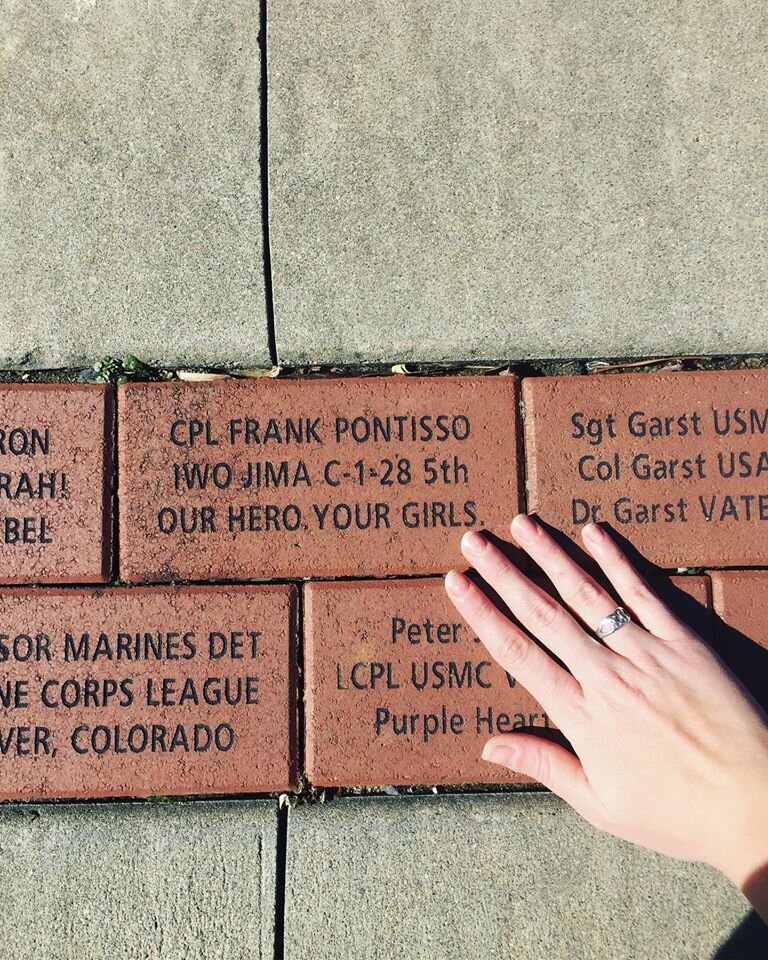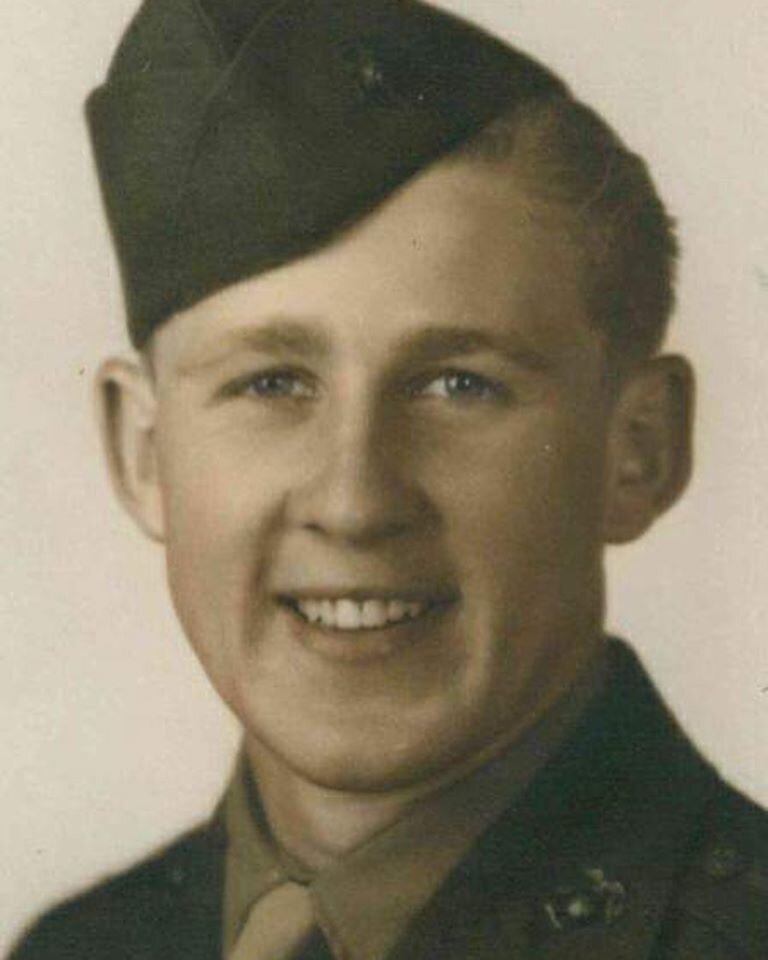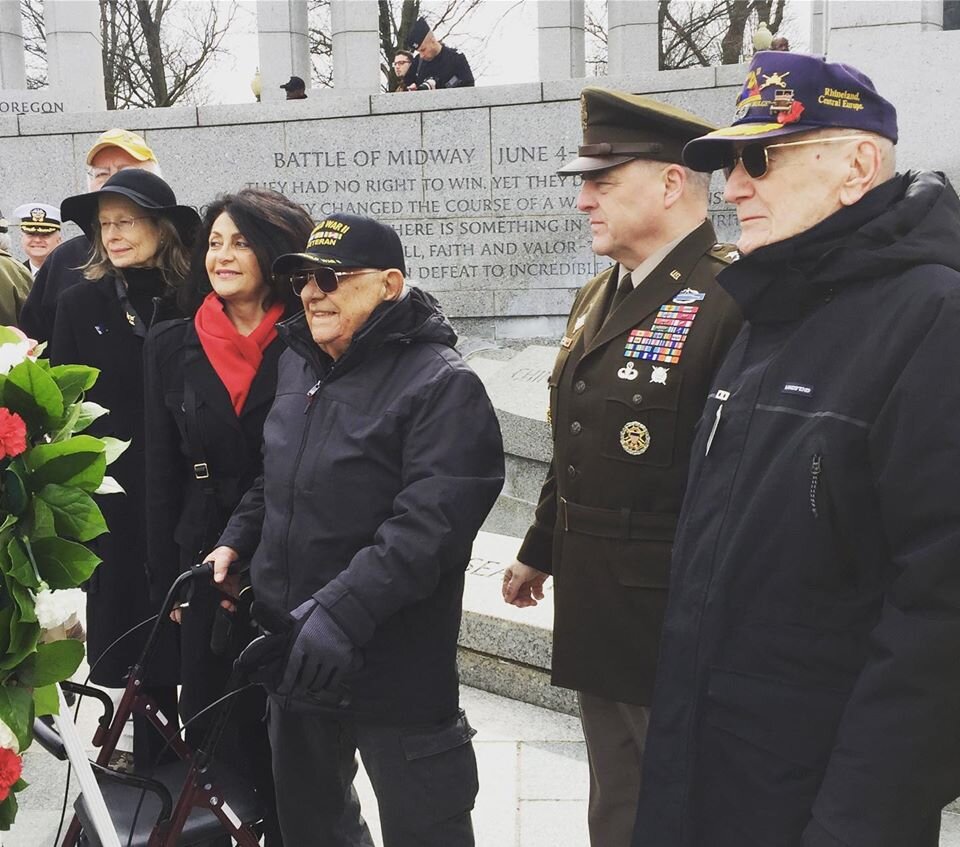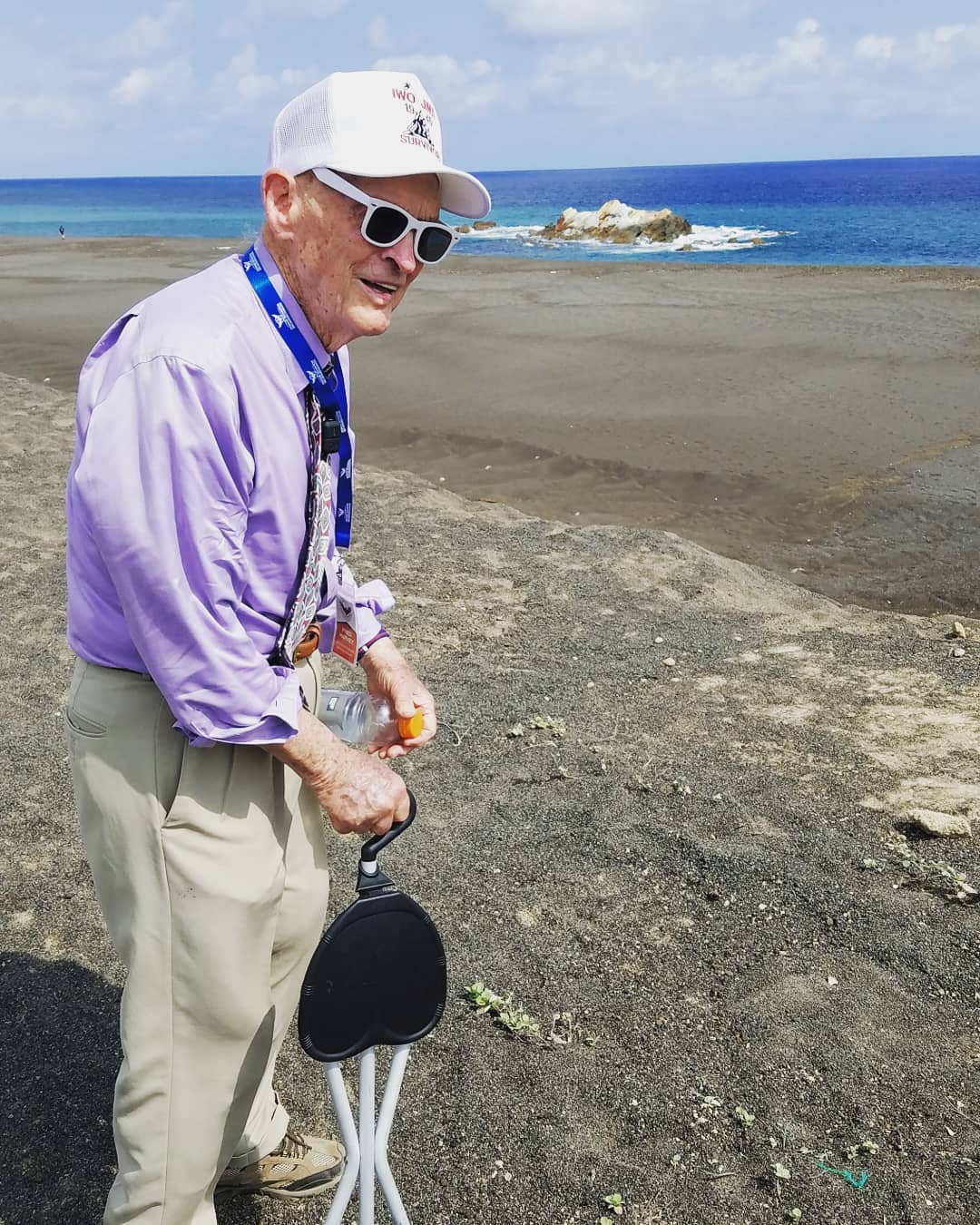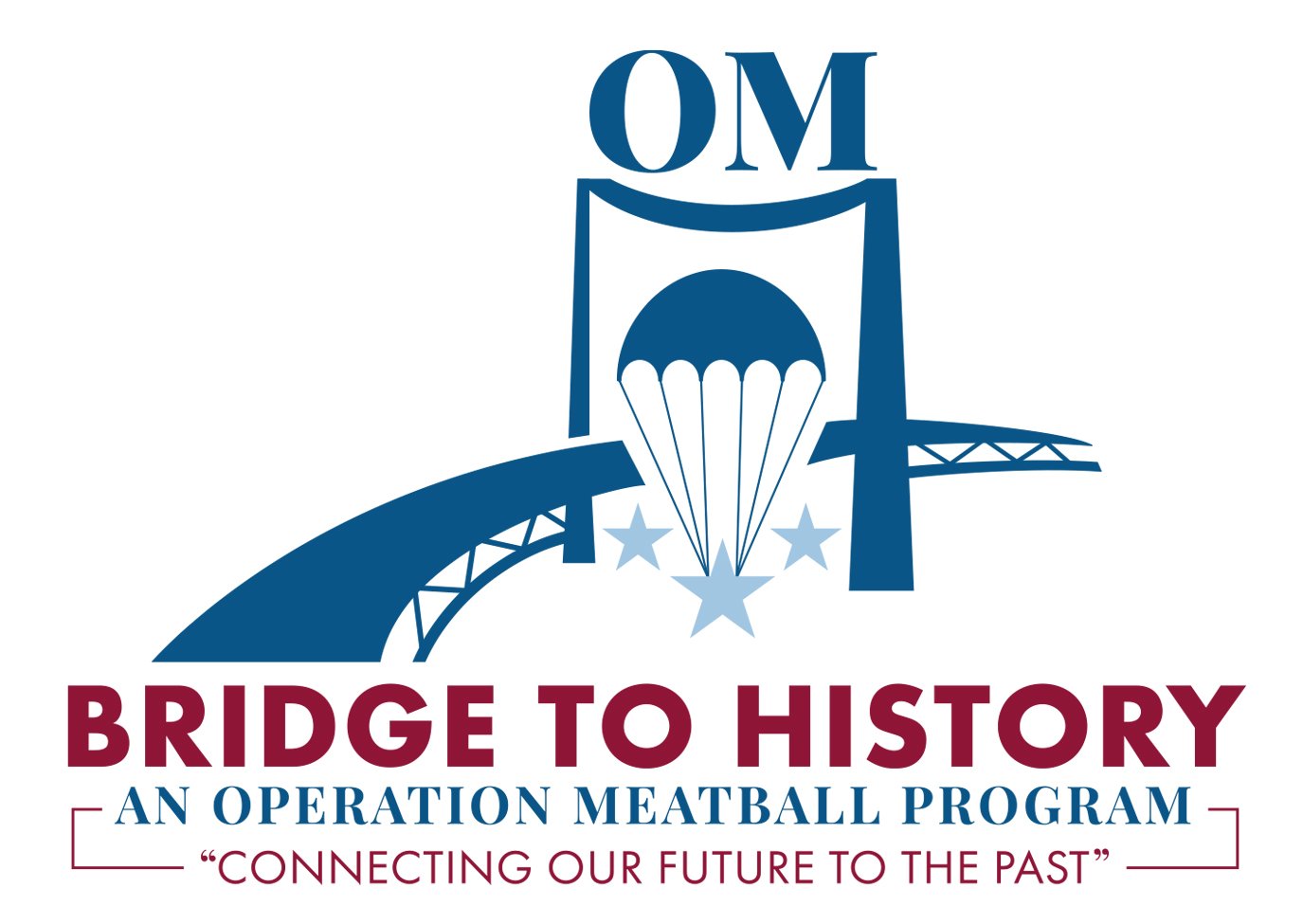Shortly after our team arrived at the hotel in Guam the first night, Andre and I and a couple of others wandered down to the beach to get a taste of the ocean air and feel the sand in our toes.
I was quite interested to see how the changes in the island would affect him. With each veteran making his first pilgrimage back it’s different. Sometimes their response is profound, sometimes it’s emotional, and honestly sometimes it’s just like any trip to the grocery store. It just depends on the personality. Andre was a commercial artist after the war, and, though long retired, he is still very much an artist in how he views life.
As we walked along the shore, shoes in hand, dragging our feet through the sand, Andre shared with me story after story of the first few months he had spent in a combat zone. While the sights have changed over the last 75 years, the memories and smells came flooding back to him. Just a couple of miles up the coastline from where we stood lay Haputo Beach, the place where Andre had encountered some of the most memorable moments of his war.
Of course, true artist that he is, Andre is incapable of telling a story bare bones. Instead, he thinks. He contemplates. Then he paints for you glorious word pictures: Not just the sights, but also the colors. Not just the sounds, but also the smells. Down to the textures of the wet and humid jungle air he marched through on water patrols. He vividly recalled the air to be so thick and muggy that the sweat gathered at his elbows, slowly dripped down to his wrist, off his fingertips, and into the contents of the open ration box he held in his hand. "I didn't care." Andre said shrugging. "I was too tired. Too exhausted."
Among the stories, Andre also described his fears - not so much of death, but of failing his fellow soldiers, and a moment of serene peace he experienced one night. A moment so perfect that as he stared up at the bright Guam stars, he truly understood, for the first time, what it meant to live. Not just to survive, but to live, to breathe, to have a future. And most of all, to want to live. More than anything else in the world. A desire. To stay. Alive.
We walked and talked for probably an hour. I have no idea how long it was actually. Those first moments of awe and wonder a veteran experiences returning to an old war-zone, recalling the days and months when as a young boy he was forcibly, by war, transformed into a man - those are the moments for which there is no timer or price.





